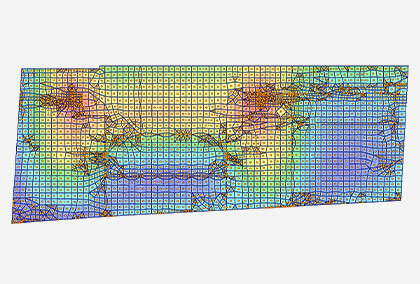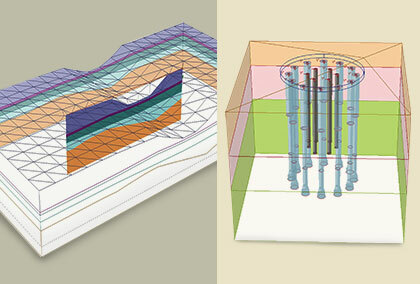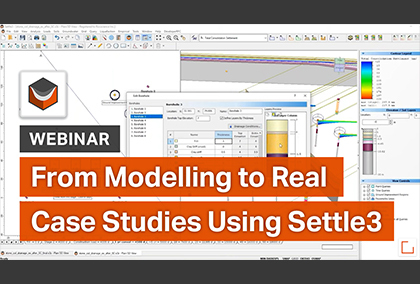Announcing Exciting New Updates for Settle3
You asked for it and we answered! This December, Rocscience is excited to announce the addition of several new features to Settle3. Users can look forward to seeing new ground improvement methods, a new embankment cross section designer, enhanced dry ground settlement functions for when you’re considering liquefaction, and several new tutorials to help you make the most of these powerful new tools.
Ground Improvement
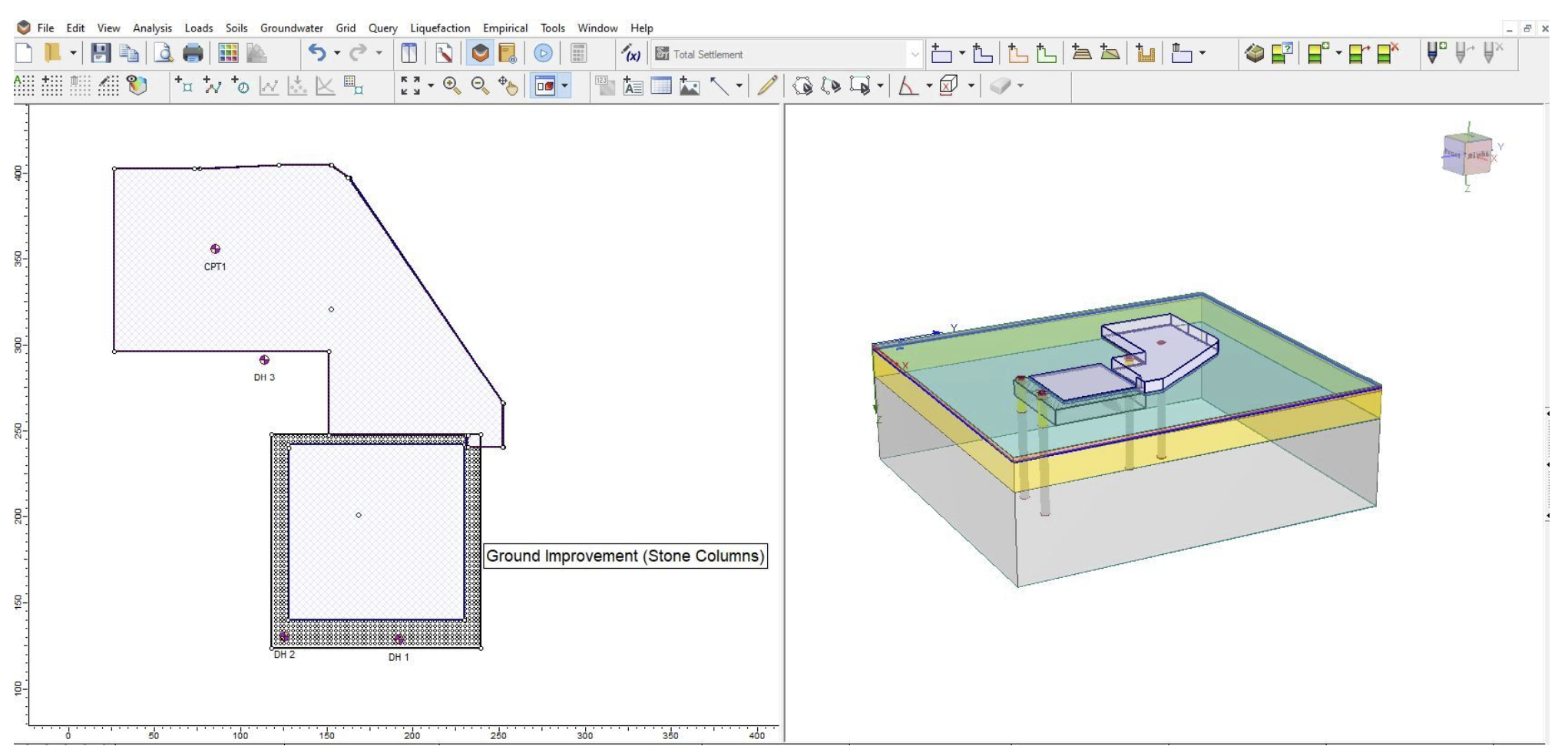
For the Settle3 Ground Improvement feature, we’ve added two additional methods to improve a region of ground for settlement: Stone Columns and Vibro-Compaction.
Try the Stone Column option to improve any selected area of the region of ground for settlement. This ground improvement method can be applied in multi-layered soil. Users can control and define the stiffness, depth, spacing, and diameter of the stone columns, and Settle3 will use these parameters to re-calculate the settlement of the improved ground.
For sandy soils, users can apply the Vibro-Compaction technique. With this new feature you can enter and adjust factors like the mean grain size, set your target relative density, and define the type of soil being vibro-compacted.
Once you’ve applied your ground improvement method, take things even further by using the Ground Improvement Sensitivity Analysis. This robust new feature allows you to analyze the impact on settlement and is a great way to get the most optimized and cost-effective analysis.
New Embankment Designer
For users creating embankments, we now have added a new and more flexible approach to designing embankments in Settle3 with the Embankment Cross Section Designer. With easy-to-use drawing tools you can use your mouse to add any shape or soil layers to an embankment cross section. Add layers, multiple stages, and easily edit your vertices. When you’re done, just drag and drop the embankment across the ground surface and Settle3 will calculate the load of the embankment and the resulting settlement below.
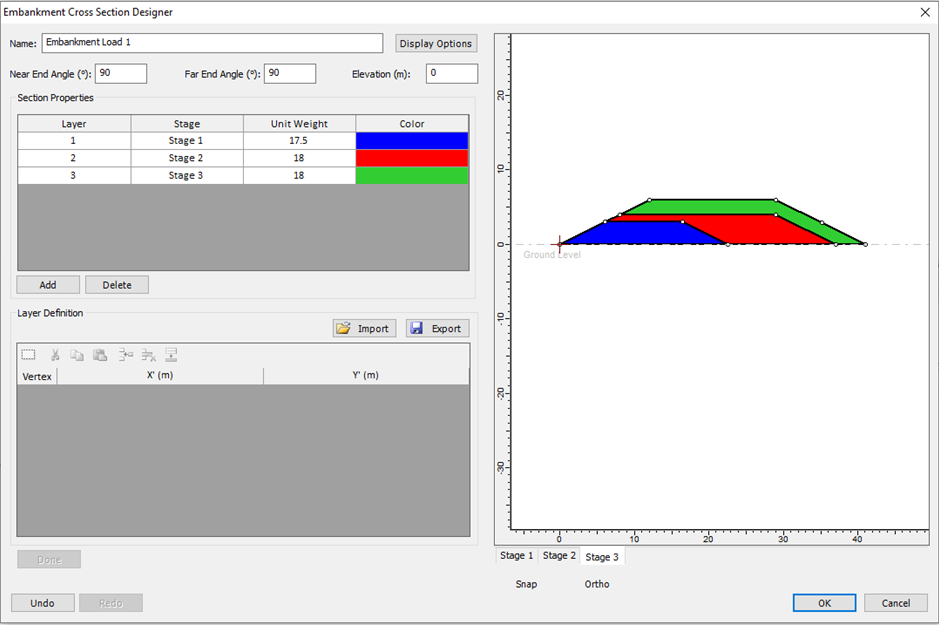
Dry Ground Settlement
For users calculating settlement of dry sands during dynamic shaking, Settle3 has added a new Dry Ground Settlement feature. As many people know, severe shaking can cause liquefaction of saturated deposit, but for dry sand, this cannot occur. Depending on user input, Settle3 can now use two different methods – Standard Penetration Test (SPT) and Cone Penetration Test (CPT) – to calculate the settlement of dry sands during seismic shaking.
If the user selects the liquefaction method as SPT, Settle3 will follow the SPT Dry Sand Settlement method by relating the volumetric strain to the cyclic shear strain and earthquake magnitude (Pradel, 1998).
If the user selects CPT as the liquefaction method, Settle3 will follow the CPT Dry Sand Settlement method. This method is similar to the SPT method except it applies a correction factor to the standard penetration resistance (N1)60 based on the concept that soils with the same state parameter have the same response to loading (Robertson and Shao, 2009).
